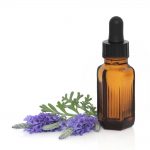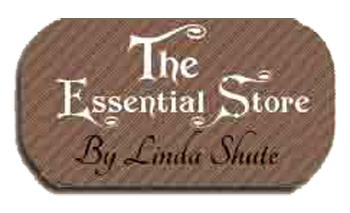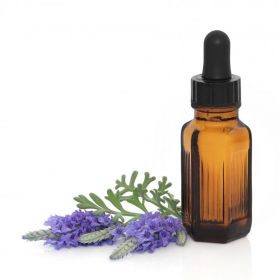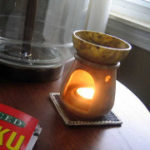The Different Grades of Essential Oils
There is no official grading system that grades essential oils as A, B, C or Therapeutic grade. There are four grades of essential oils the quality of the oil does make the difference and the saying Caveat Emptor “ let the buyer be where” or another one is “you get what you pay for”.
The Extraction Method is the most popular method for Therapeutic Grade Essential Oils is done by using low heat for steam distillation process where the steam under pressure is circulated through the plant material and the essential oils are released into the steam and when cooled the two, water and oil, will separate and the pure oil is collected. To get the highest quality of therapeutic grade oil this must be closely monitored during the entire process or it will change the chemical composition of the end product. An equally important factor in this whole process is choosing the proper plant and the method that is used to harvest the plant. You must have your growers and distillers working together to get a high quality product.
The most common method is steam distillation however some processors do use a chemical or solvent extraction method, then there is also a squeezing or compression (cold pressed) method where the oil is actually squeezed from the plant. The problem with using solvents is that they can bind to the oil and then have to be removed by another process.
Purity vs Quality – They are not the same thing. The oil from the plant may be pure oil but still be a very poor quality. Many things can affect the quality of the plant. A big issue is the quality of the soil the plant grows in. Other factures would be amount of rainfall, the temperature or climate, the altitude, storage this could include location and time of storage, the length of time between the harvest date and the date distillation begins.
If you take a Lavender plant grow in France and compare it to a Lavender plant grown in America they are both pure Lavender and the quality of the two plants will have a huge gaping distance between them, the French plant will be superior quality every time, laboratory test have proven this over and over.
Some places will claim the following:
- Grade “A” is considered therapeutic quality.
- Grade “B” are considered food grade.
- Grade “C” is considered perfume grade.
To break this down into more detail here it is.
- Grade A essential oils are pure therapeutic quality (highest grade) and are usually made from naturally (often organically) grown plants distilled at the proper temperatures using steam distillation. This is the category that all of the essential oils and essential oil-enhanced products I use start from. Beyond this they are tested and certified by a third party lab using a GCMS (Gas Chromatography and Mass Spectroscopy) testing.
- Grade B essential oils are food grade; they may contain synthetics, pesticides, fertilizers, chemical/synthetic extenders, or carrier oils.
- Grade Coils are perfume grade and may contain the same type of adulterating chemicals as food grade oils. They also usually contain solvents which are used to gain a higher yield of oil.
- Floral Water is a byproduct of the distillation process and can be very high quality if it comes from a Grade A distillation process. Accordingly it is of very low quality if it comes from poor quality raw materials and/or poor distillation processes.








Leave a reply